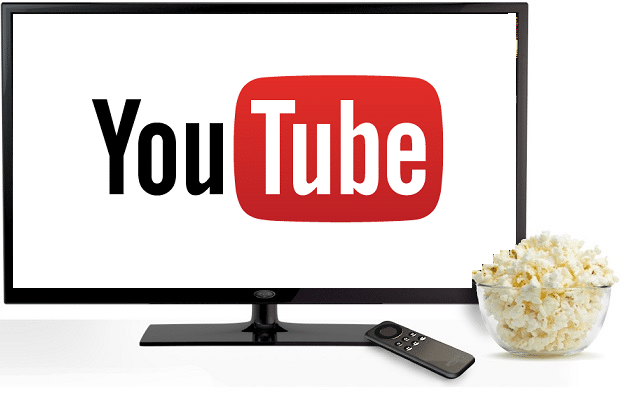
Under the new scheme, marketers will soon be able to make sure their ads are seen by people who have similar viewing habits to traditional TV viewers, based on Nielsen insights.
Marketers can also target viewers who are watching on a TV screen specifically or audiences watching the YouTube TV subscription service.
The Google-owned platform had previously focussed on a mobile future, but while the phone still accounts for 60 percent of its total views, the company says it’s noticing many viewers moving to watching YouTube on television sets using digital media players or video game consoles. This practice is known as ‘cord-cutting’- where people ditch large cable and phone contracts instead opting for internet-based video platforms such as Netflix and Amazon Prime.
The move could help YouTube capture a larger amount of the advertising budget currently spent on TV, which amounted to more than $71bn last year, according to eMarketer. By contrast, advertisers spent only $13bn on digital video last year.
According to the company, people now watch an average 150 million hours of YouTube per day on TV screens, or about 15 percent of the overall time spent watching YouTube. An Ipsos study commissioned by YouTube found that seven out of 10 of its viewers were watching YouTube on TV screens at least some of the time.
This viewership isn’t replacing mobile viewership, but is rather adding to it, with many using mobile devices as a bridge.
Merging traditional TV and digital
Garrett Goodman, VP of Business Development, at video creation platform Wochit, said: “YouTube’s move toward television is a brilliant one. As consumers are increasingly looking to merge the TV experience with digital offerings in ‘over the top viewing’ (OTT), marketers are looking to cash in, especially as people now watch almost 150m hours of YouTube each day on TV.”
“Moving into television allows brands to capitalise on generations who have maintained regular viewing habits, as well as those that have switched to a subscription-based service. We’re now seeing an increase in viewers using social platforms like YouTube through their smart TVs and gaming consoles. Brands are catching on to this shifting trend, as spending also shifts. Last year alone, advertisers spent more than £51.7bn ($71bn), as compared to £9.5bn ($13bn) on digital video.”
